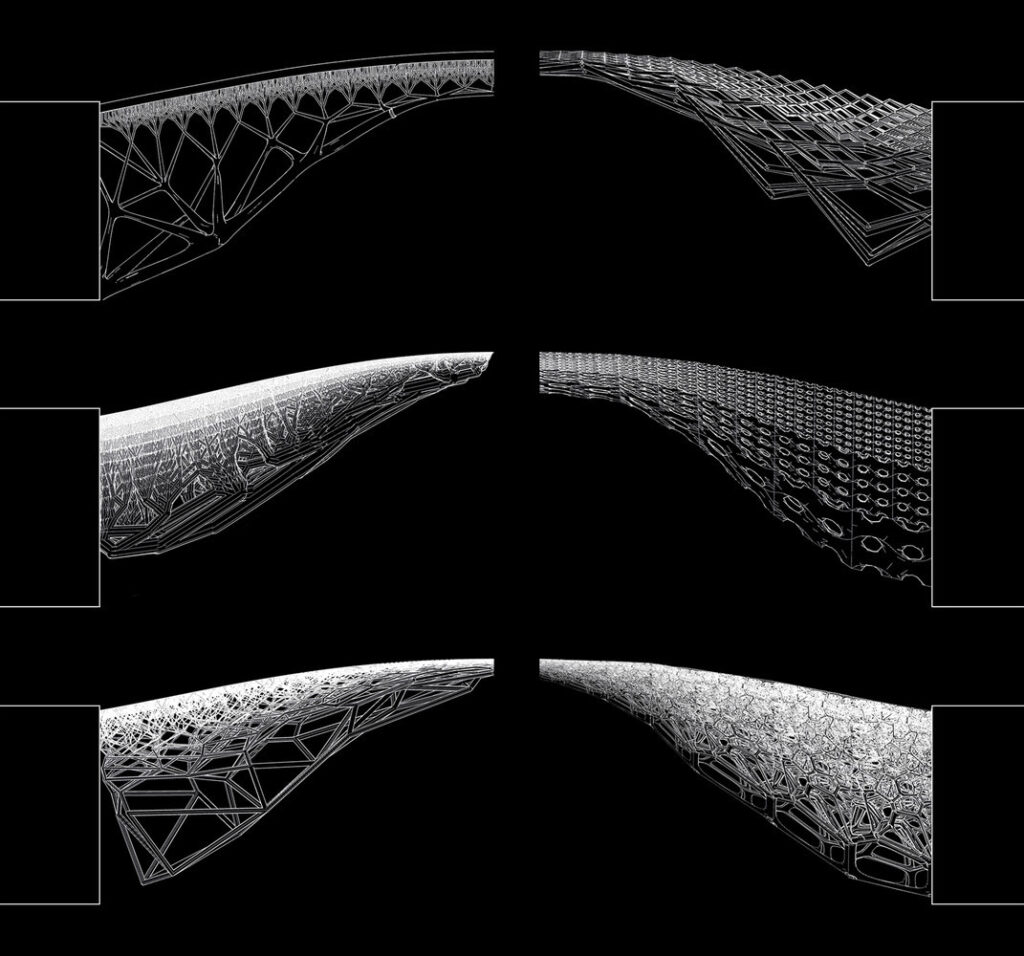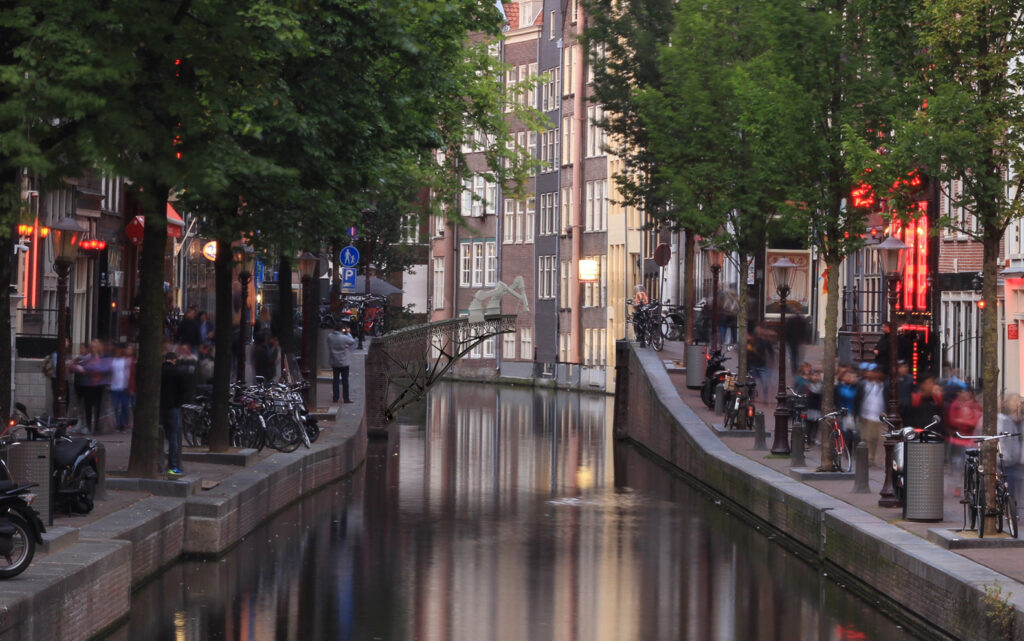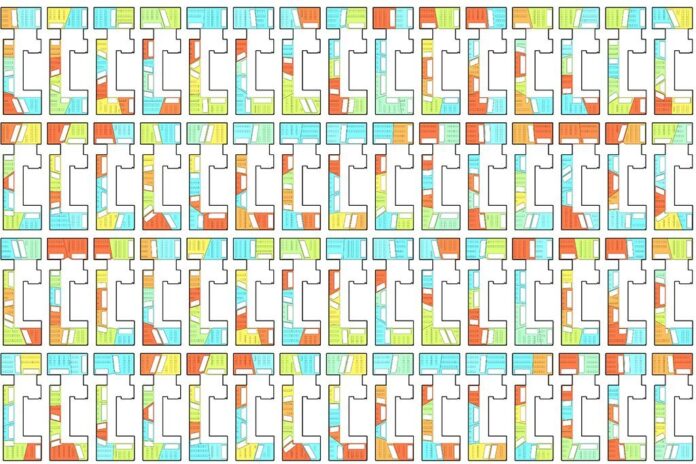Generative design is a computational design approach that involves using algorithms and software to generate design options based on a set of parameters and constraints. In architecture, generative design has the potential to greatly impact the design process by providing architects with a vast array of design options and by allowing for the exploration of complex geometries and forms that would be difficult to design by hand.
Generative Design combines parametric design and artificial intelligence together with the restrictions and data included by the designer. According to Celestino Soddu, a researcher at the Politecnico di Milano, “it is a morphogenetic process that uses structured algorithms like non-linear systems to obtain unique and unrepeatable results, executed by an idea code, as in nature”. The analogy with nature illuminates some important parallels. Taking the example of a tree, a large trunk that is wider and stronger at the base resists all the pressure and tension caused by the wind and its own weight. From there, several other increasingly thin branches emerge, culminating at last in the leaves. There are no leftover materials, and the forms adopted are the most suitable for their habitat. In places with a lot of wind, the composition of the tree will be very different from that of another in a sandy soil, differentiated by a process of natural selection occurring over millions of years. This same reasoning can be used in art, design, and architecture.


For example, Brazilian architect Guto Requena used generative design to create stools whose volumes were shaped by the rhythm and melody of popular Brazilian music. The resulting organic shapes were then cut into pieces of marble. In the Netherlands, startup MX3D joined forces with Laarman Lab, Heijmans, Autodesk and several other supporters to create a pedestrian bridge produced with 3D printed steel. The team worked with generative algorithms to produce successive design iterations under a given set of parameters. After determining a shape, digital simulations of the bridge were performed, removing excess material by mixing structural calculations with geometric manipulation, teaching the algorithm to recognize which parts of the bridge were least crucial. In other words, the project used Generative Design to combine the possibilities of the machine’s 3D printer with various tests of shapes and design possibilities using minimal parameters.
Reflective Analysis
Generative Design raises questions about the role of the architect in the design process and the potential loss of creativity and human touch in the design process. Overall, generative design has the potential to greatly enhance the design process, but it will also require a rethinking of traditional design approaches and a new way of integrating technology into the design process.
Source
Souza, E. (2020, April 23). How will generative design impact architecture? ArchDaily. https://www.archdaily.com/937772/how-will-generative-design-impact-architecture?ad_medium=gallery




